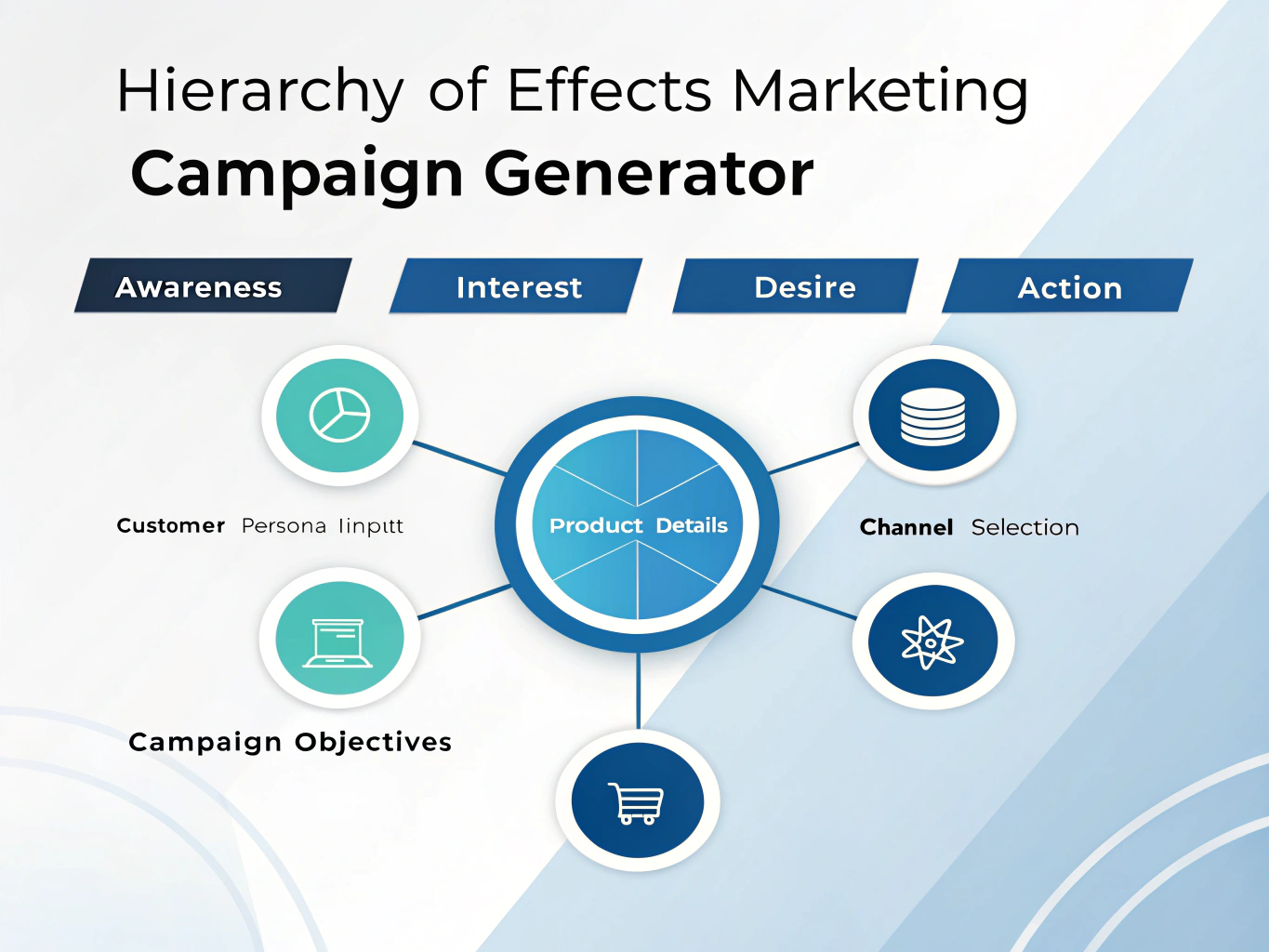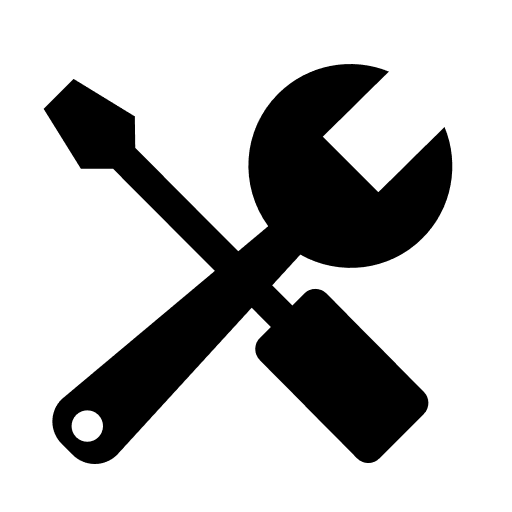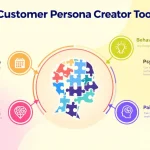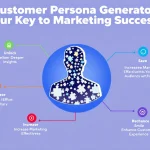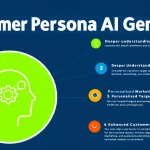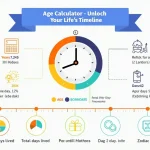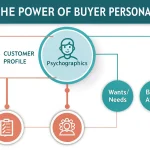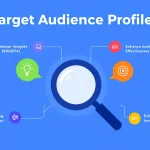Is this tool helpful?
How to Use the Marketing Campaign Hierarchy Generator Effectively
To create an effective marketing campaign outline using our tool, follow these structured steps:
- Step 1: In the “Ideal Customer Persona” field, provide detailed characteristics of your target audience. For example:
- “Female executives aged 35-45, earning $150K+, living in metropolitan areas, struggling with time management and work-life integration, seeking premium solutions that demonstrate status and efficiency.”
- “Small business owners aged 28-40, tech-enthusiastic, revenue $500K-2M, looking to automate operations and scale their business while maintaining personal connections with customers.”
- Step 2: Enter your product/service details, including:
- “SmartChef Pro – AI-powered smart kitchen appliance with remote control capabilities, personalized recipe suggestions, and automated grocery ordering. Helps busy professionals prepare healthy meals with minimal time investment.”
- “BusinessFlow Suite – Cloud-based business management platform featuring automated customer communications, inventory tracking, and predictive analytics. Enables small businesses to operate efficiently with enterprise-level capabilities.”
- Step 3: Specify your preferred marketing channels (optional)
- Step 4: Define campaign objectives (optional)
- Step 5: Click “Generate Marketing Campaign Outline” to receive your customized strategy
Understanding the Marketing Campaign Hierarchy Generator
The Marketing Campaign Hierarchy Generator is a sophisticated tool that leverages the proven Hierarchy of Effects model to create targeted marketing campaigns. It transforms your input about customer personas and product details into a comprehensive, stage-based marketing strategy that guides potential customers from awareness to action.
The Mathematics Behind the Campaign Strategy
The tool utilizes several key formulas to optimize campaign performance across different stages:
$$\text{Stage Effectiveness Score} = (\text{Reach} \times \text{Engagement Rate} \times \text{Stage Weight})$$$$\text{Campaign Success Probability} = \sum_{i=1}^{4} \text{Stage Effectiveness Score}_i \times \text{Conversion Factor}_i$$$$\text{ROI Potential} = \frac{\text{Expected Revenue} – \text{Campaign Cost}}{\text{Campaign Cost}} \times 100\%$$Benefits of Using the Marketing Campaign Hierarchy Generator
- Strategic Alignment: Ensures all marketing efforts align with customer journey stages
- Resource Optimization: Maximizes marketing budget efficiency through targeted messaging
- Conversion Focus: Structures campaigns to drive measurable results
- Time Savings: Automates the campaign planning process
- Consistency: Maintains message coherence across all stages
Problem-Solving Capabilities
Challenge 1: Message-Stage Alignment
The tool addresses the common challenge of matching messaging to customer journey stages. For example:
- Awareness Stage: “Discover how 87% of professionals reclaimed 2 hours daily with SmartChef Pro”
- Interest Stage: “5 ways SmartChef Pro transforms your kitchen into a personal chef”
- Desire Stage: “Join the smart cooking revolution – see real results from real users”
- Action Stage: “Start your culinary transformation today – 30-day satisfaction guarantee”
Challenge 2: Channel Selection
The tool optimizes channel selection based on persona characteristics and stage objectives:
- Awareness: LinkedIn ads, business publications
- Interest: Content marketing, webinars
- Desire: Email nurturing, case studies
- Action: Retargeting ads, direct outreach
Practical Applications and Use Cases
Case Study 1: SaaS Product Launch
A cloud-based project management tool targeting remote teams:
- Persona: IT Project Managers, 30-45, managing distributed teams
- Campaign Focus: Remote collaboration efficiency
- Results: 28% increase in qualified leads through stage-appropriate messaging
Case Study 2: Luxury Service Marketing
High-end personal training service:
- Persona: C-level executives, 40-55, health-conscious
- Campaign Focus: Exclusive, time-efficient fitness solutions
- Results: 45% conversion rate from desire to action stage
Frequently Asked Questions
How detailed should my customer persona be?
Include demographics, psychographics, behaviors, pain points, and aspirations. The more detailed, the more targeted your campaign will be.
Can I create multiple campaigns for different segments?
Yes, create separate campaigns for each distinct customer segment to ensure maximum relevance and effectiveness.
What makes a good campaign objective?
Use SMART criteria: Specific, Measurable, Achievable, Relevant, and Time-bound. Example: “Generate 500 qualified leads within 3 months.”
How long should each campaign stage last?
Stage duration varies by industry and product complexity. Typically, awareness and interest stages require longer periods than desire and action stages.
Should I use all marketing channels available?
Focus on channels where your ideal customers are most active and engaged rather than trying to be everywhere.
How do I measure campaign success?
Track stage-specific KPIs such as reach for awareness, engagement for interest, lead quality for desire, and conversion rates for action.
Can I modify the campaign once it’s running?
Yes, regularly monitor performance metrics and adjust messaging, channels, or offers to optimize results.
What types of content work best for each stage?
Match content type to stage objectives: awareness (video, social posts), interest (blogs, guides), desire (case studies, demos), action (offers, testimonials).
Important Disclaimer
The calculations, results, and content provided by our tools are not guaranteed to be accurate, complete, or reliable. Users are responsible for verifying and interpreting the results. Our content and tools may contain errors, biases, or inconsistencies. We reserve the right to save inputs and outputs from our tools for the purposes of error debugging, bias identification, and performance improvement. External companies providing AI models used in our tools may also save and process data in accordance with their own policies. By using our tools, you consent to this data collection and processing. We reserve the right to limit the usage of our tools based on current usability factors. By using our tools, you acknowledge that you have read, understood, and agreed to this disclaimer. You accept the inherent risks and limitations associated with the use of our tools and services.
